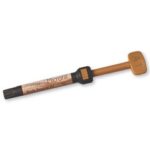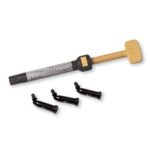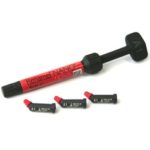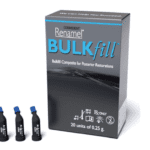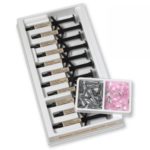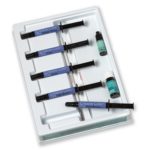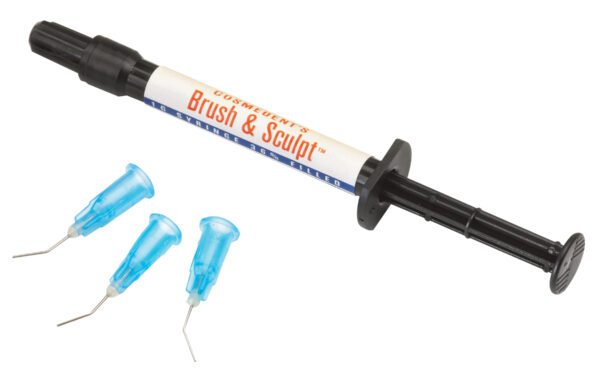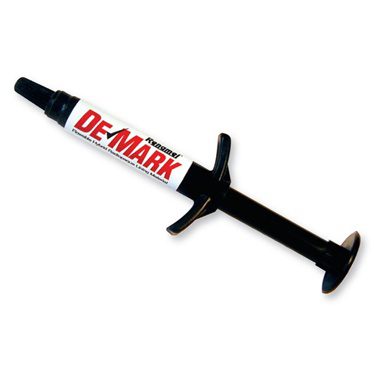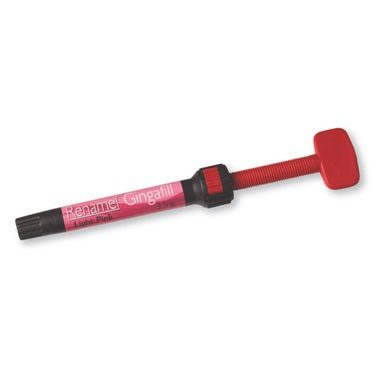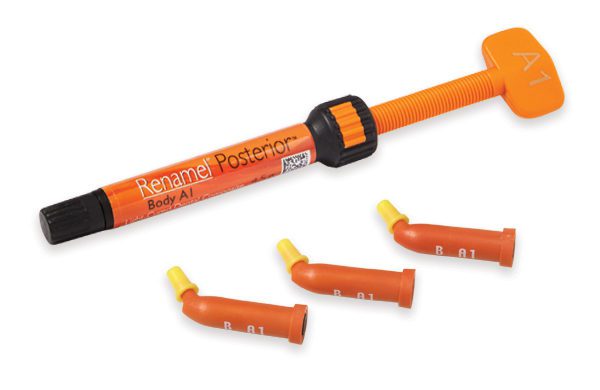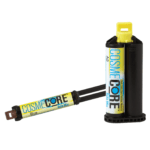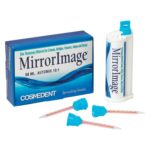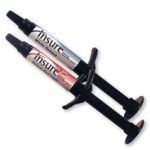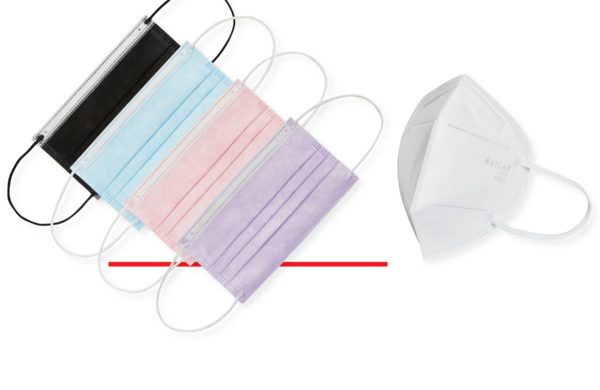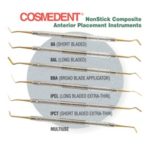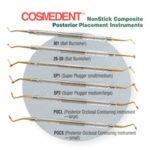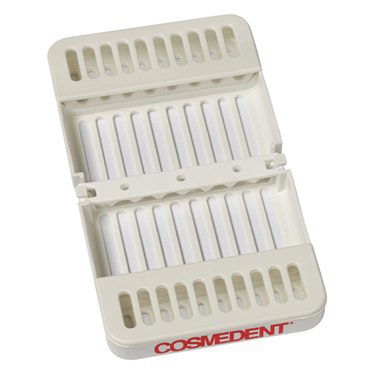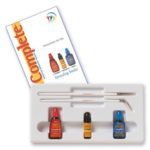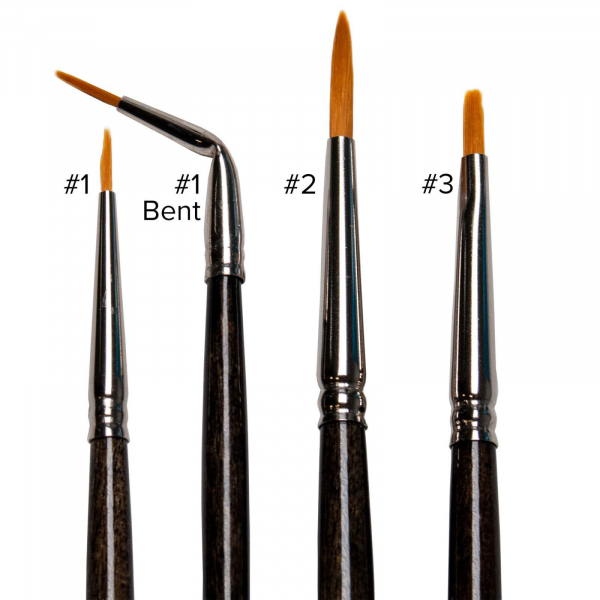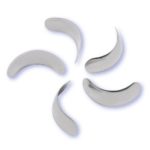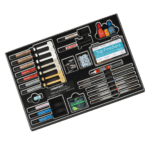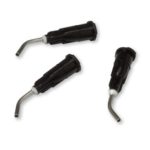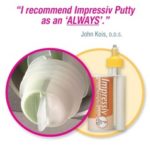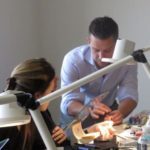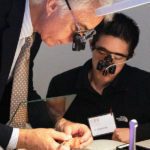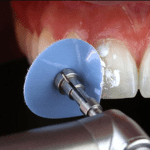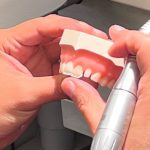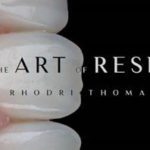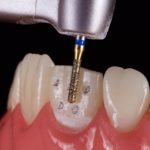- Composites
-
-
Composites
Dental Composite materials for direct anterior and posterior composite bonding.
-
-
-
-
Continuing Education: Get the most from our Composite products by taking one of our Continuing Education Courses. View Courses
-
-
- Finishing & Polishing
-
-
Finishing & Polishing
Finishing and polishing materials for composites, porcelain, metal, gold and natural teeth.
-
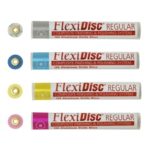 FlexiDisc Dental Polishing Discs
FlexiDisc Dental Polishing Discs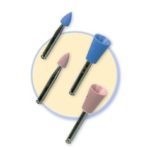 Dental Polishing Cups, Burs & Points
Dental Polishing Cups, Burs & Points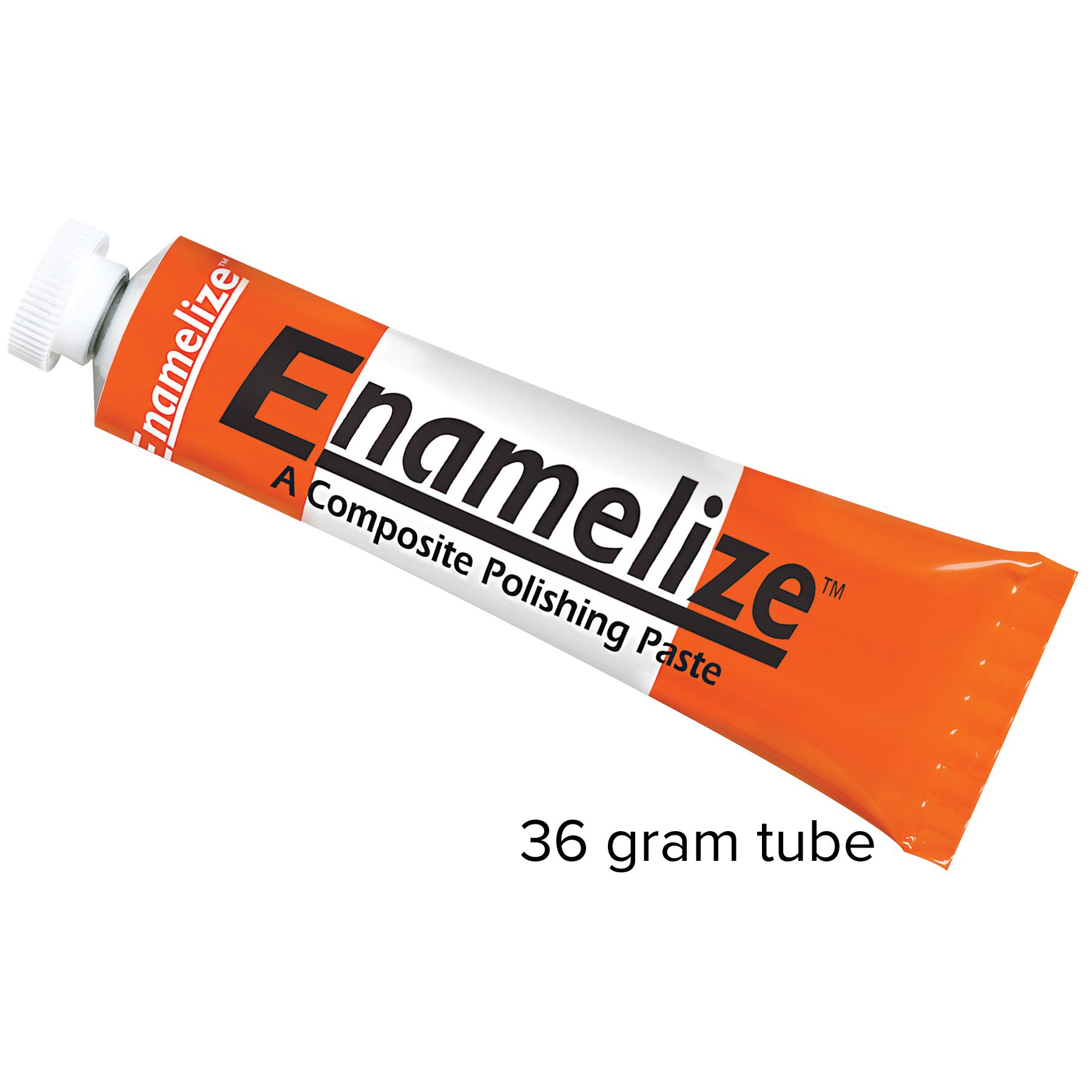 Enamelize Dental Polishing Paste
Enamelize Dental Polishing Paste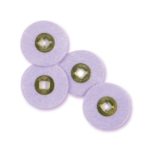 FlexiBuffs
FlexiBuffs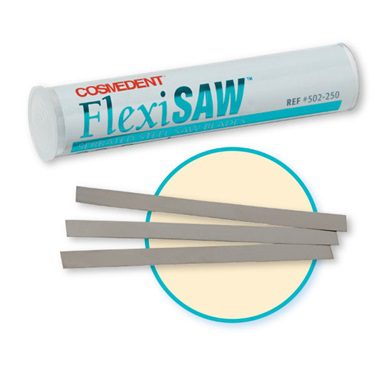 FlexiSAW
FlexiSAW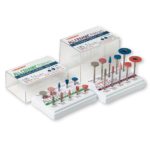 All Ceramic Polisher
All Ceramic Polisher FlexiStrips Dental Polishing Strips
FlexiStrips Dental Polishing Strips FlexiDiamond Strips
FlexiDiamond Strips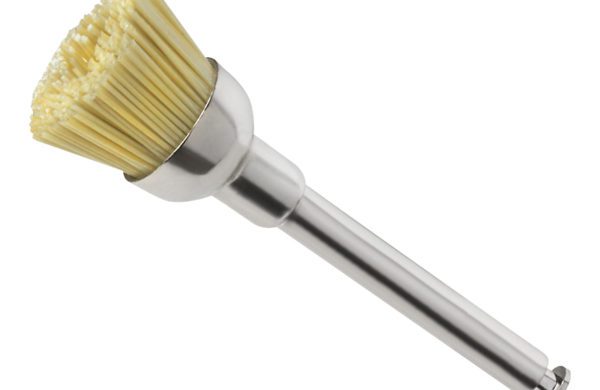 FlexiBrush Dental Polishing Brush
FlexiBrush Dental Polishing Brush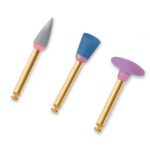 NANO / Microhybrid Diamond Polishers
NANO / Microhybrid Diamond Polishers Porcelize - Porcelain Polishing & Finishing Paste
Porcelize - Porcelain Polishing & Finishing Paste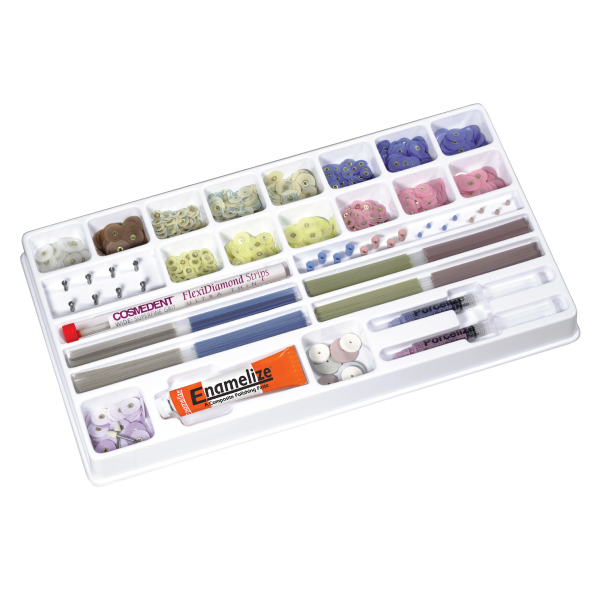 Top Finisher System
Top Finisher System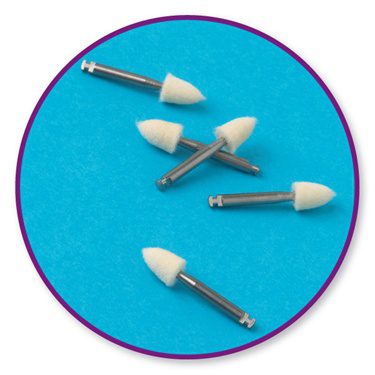 Felt FlexiPoints
Felt FlexiPoints
-
-
-
-
Continuing Education: Get the most from our Composite products by taking one of our Continuing Education Courses. View Courses
-
-
- Core & Temp
-
-
-
Continuing Education: Get the most from our Composite products by taking one of our Continuing Education Courses. View Courses
-
- Resin Cement
-
-
-
Resin Cements
-
-
-
-
-
-
Continuing Education: Get the most from our Composite products by taking one of our Continuing Education Courses. View Courses
-
-
-
- Accessories
-
-
Accessory Products
Complete your esthetic dentistry toolkit with these helpful accessories.
-
-
-
-
Continuing Education: Get the most from our Composite products by taking one of our Continuing Education Courses. View Courses
-
-
- Education
-
-
Continuing Education
Learn all of the composite dentistry that you may be missing in your practice and how doing more of it can benefit you financially and professionally.
-
-
An Invitation to Think Differently About Composite Resin
Learn how recent trends in anterior composite restorations have made non-invasive aesthetic composite bonding a great option for improving patients’ smiles and building dental practices.
The Presenter: Dr. Marshall Hanson, DDS, FAACD
Dr. Hanson’s passion to create undetectable dentistry led him to become the 69th doctor world-wide to be formally recognized with the FAACD designation as an expert in cosmetic dentistry. Specializing in non-invasive, highly-aesthetic composite restorations, Dr. Hanson lectures internationally, develops courses for other dentists on modern cosmetic techniques, and publishes regularly in professional dental journals.
Overview: Composites for Esthetic Dentistry
Throughout this webinar, viewers are invited to think differently about the advantages of, and potential applications for, composite resin in dental practice. Viewers will learn how the perceived limitations of composite are no longer a factor with the modern materials and techniques available today. Dr. Marshall explores the advantages of composite resin for improving smiles and walks through numerous example cases showing techniques for making the restorations beautiful and long-lasting.
Dr. Marshall himself has rethought composite, now working exclusively with the material in his practice. Some restorations that would have been completed using ceramic or other materials in the past can now be done completely in composite, which offers multiple advantages. Composite resin is completely additive and therefore less invasive: no preparation of the teeth is required. Composite can also create a better aesthetic result for a natural looking smile, and unlike other options, composite resin is easy to modify in the mouth for ongoing assessment and refinement.
Addressing Common Objections to Composite
In inviting dentists to think differently about composite, common misconceptions about the material are outlined and debunked. While some may have regarded composites as temporary and inferior to other materials, with modern composite products such as Cosmedent Renamel, the opposite is true.
Perceived disadvantages of direct composite include:
Prone to chipping
Any restorations to anterior teeth are subject to chipping and wear. That area of the mouth is simply prone to these problems. However, there are techniques for placing composite that can minimize these issues.
Two factors affect the likelihood of chipping: the strength of the material versus the strength of the applied force. A dentist can address both of these factors, and, if managed correctly, the chances of chipping are reduced significantly. This involves analyzing the required thickness of the composite material in the restoration that will make it resistant to deformation and functional forces, as well as choosing a proven composite resin product with adequate strength. At the same time, the strength of applied force can often be addressed by correcting the patient’s bite to create a shared load among teeth.
Though composite resin is often thought to have a propensity for chipping, studies have shown that its strength is similar to that of dental ceramic. And, the relative strength of resin can be increased to mirror that of natural enamel as described above, for example, by increasing the thickness by one or two millimeters and correcting any underlying bite issues.
Prone to discoloration
The level of discoloration over time is highly dependent on the composite material used. Dr. Hanson now chooses Cosmedent materials in his practice and has eliminated any issues with discoloration, even decades later with stain-prone patients such as heavy coffee drinkers.
Difficult to complete
Without the proper techniques, creating direct composite restorations can indeed be difficult and frustrating. In the past, some techniques for layering produced unpredictable results, and finishing techniques could negate aesthetic features that had been created. Dr. Hanson was so driven to perfect his techniques for non-invasive restorations that he developed a systematic approach that is highly predictable and comfortable to manage.
Time consuming
Time in dentistry is often tied directly to financial productivity. While three hours prepping for a porcelain veneer may not be considered time consuming, the same three hours spent creating a composite may be viewed that way. But it’s important to consider the corresponding overhead with more expensive procedures: lab work, materials, prep time, and so on. The low overhead of direct composites makes them an efficient and profitable option. And, given that they produce patient-pleasing smiles with zero tooth prep, they are practice builders as well.
Not as financially productive
This is a common misconception. It’s significant that direct composites have no lab fees and very low overhead compared to other types of restorations. There are ways to restructure a dental practice offering non-invasive, aesthetic smile improvement procedures to be more productive than general dentistry, even when contrasted against expensive procedures like bone grafting and root canals.
Not as aesthetically pleasing
Especially considering that direct composite treatments are non-invasive and simply add to the patient’s natural teeth, highly aesthetic results are possible without the risk associated with other options.
The advantages of direct composites rival those of other solutions, achieving a natural result without the need to prep the tooth.
Advantages of Composite Resin
After refuting the disadvantages commonly cited for use of composite resin, pros of the material are discussed alongside real-world case studies. Non-invasive composite restorations offer several advantages over other materials like porcelain crowns, veneers, and implants.
Non-invasive
Requiring no tooth preparation is perhaps the greatest advantage of direct composites.
Thanks to the internet and social media, patients have access to a wealth of information and are more educated than ever about their options for cosmetic dentistry. After reading about and seeing photos of traditional tooth preparation for crowns or veneers, patients are hesitant. They don’t want the structure of their healthy teeth to be compromised in the name of cosmetics. Direct composites are completely additive, offering patients a way to improve their smile with low to no risk. Patients who were insecure about their smiles for years but were hesitant to undergo a drastic procedure finally have a viable option.
Customizable for predictive matching
Using composite, the dentist is in complete control of color matching throughout the process. They can modify and customize the restoration as much as required. With other materials like porcelain, the dentist doesn’t have the option to go back and layer different colors.
Control over color, shapes, and surface texture
The dentist also has complete control of the opacity, polish, surface shapes, and texture when using composite. Unlike other restorations, these are created and modified directly in the mouth and can be updated and repaired at any time.
High-quality composite material can be used to repair tooth structure, cover dark staining, close gaps, and more – all at once and all while being completely additive.
Seamless margins
Seamless margins, not possible with other types of restorations, are important for aesthetics and longevity of the restoration.
Easily repairable
Unlike crowns and porcelain veneers, composites can be repaired in the mouth days, months, or even years after being placed, further emphasizing their efficiency and longevity.
No lab fees, low overhead
Another tick in the efficiency box is the low overhead associated with composites. Some dentists focusing exclusively on composite restorations report 20% overhead, compared with 40% in a traditional practice. That translates to a significant increase in profit margins.
The webinar concludes with a question and answer session with Dr. Hanson and members of the webinar audience.
